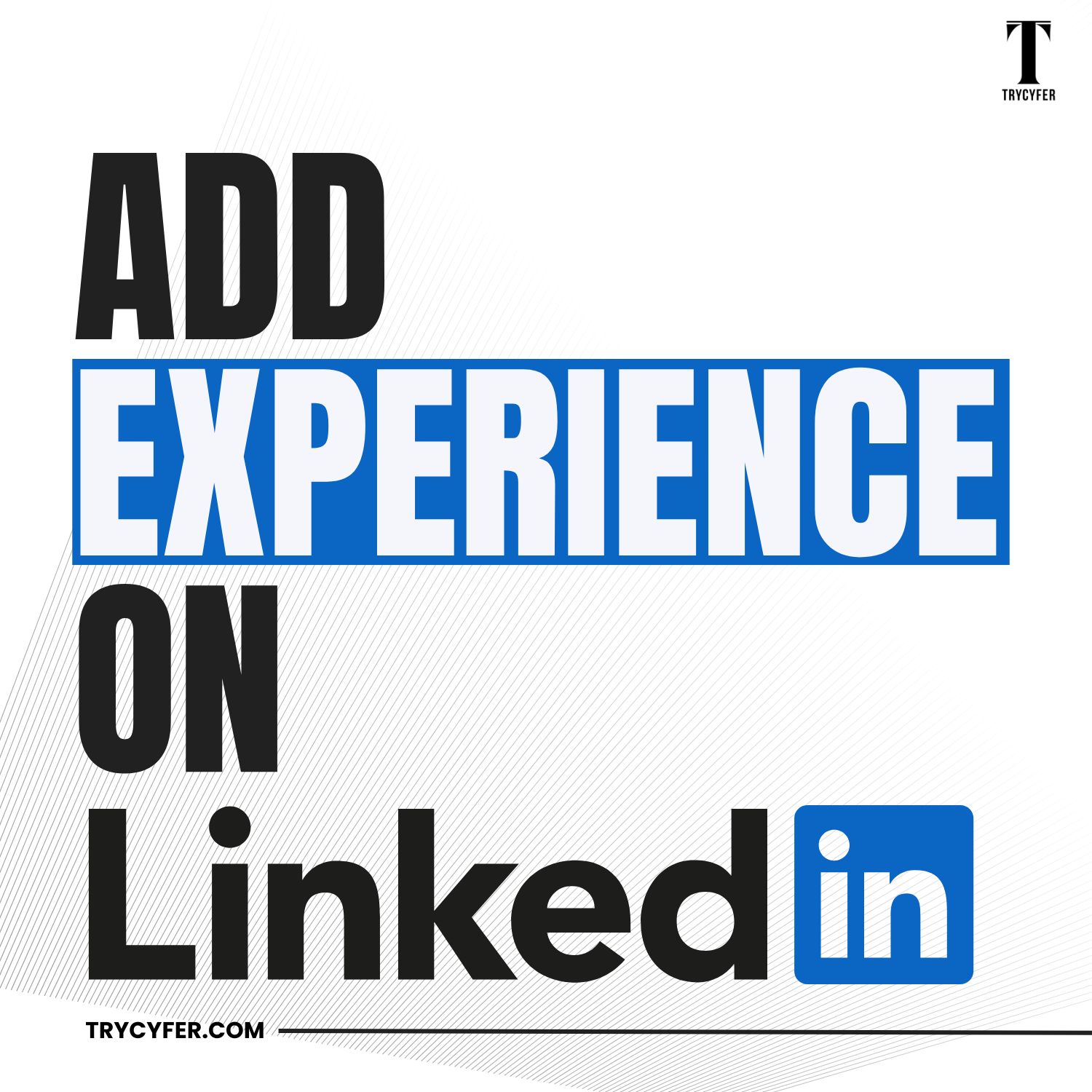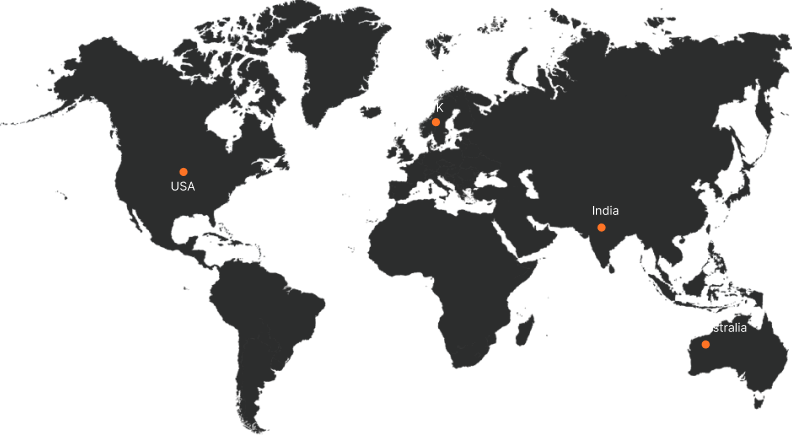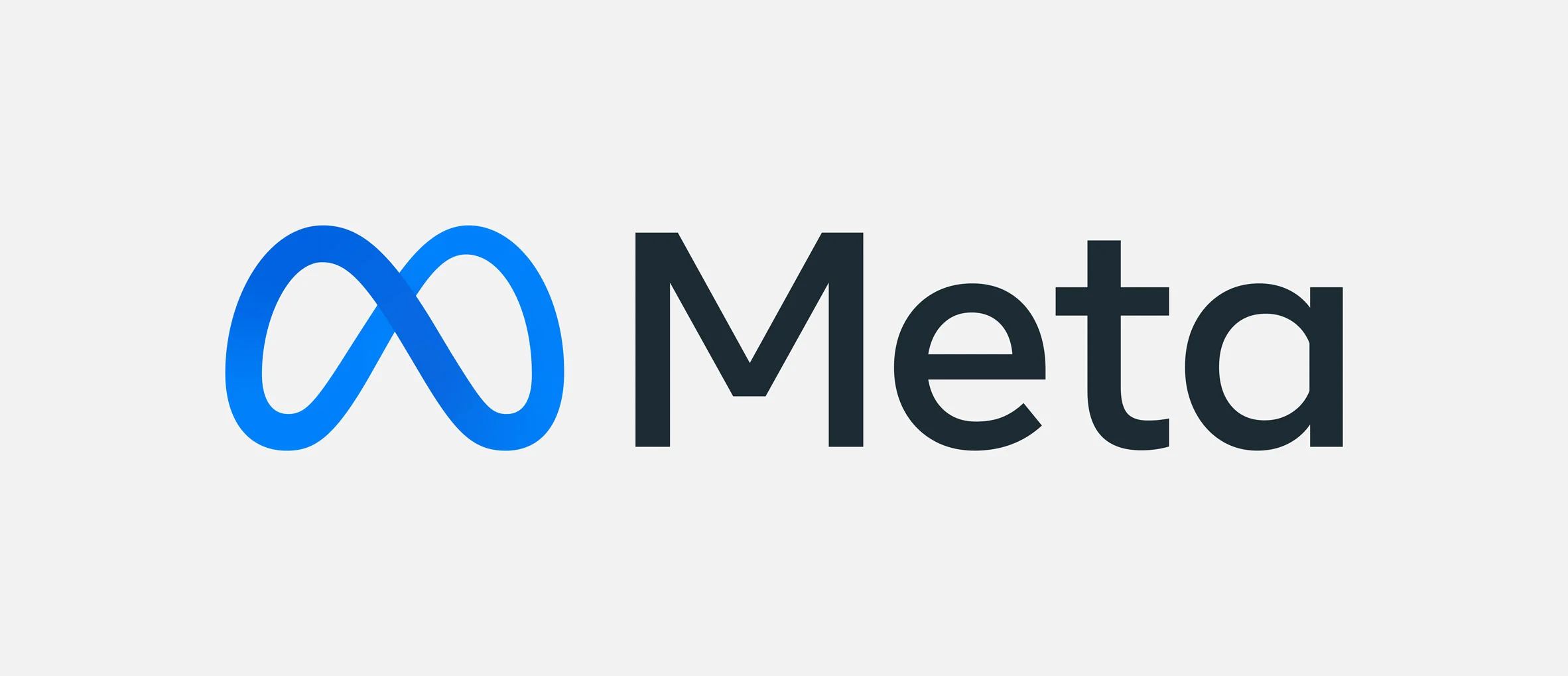How to Add Experience on LinkedIn

A strong LinkedIn profile is a gateway to grow professionally. The experience section is an important part of your profile. This blog will guide you on effectively adding experience to your LinkedIn profile. With the right approach, LinkedIn can be a powerful platform to connect you with exciting career opportunities, inspiring and motivating you to take your professional journey to the next level.
Why is it essential to Add Experience on LinkedIn?
LinkedIn is a powerful networking platform. By adding your work experience, Potential employers get to know about your skills and background. It significantly enhances your chances of being discovered by recruiters. An optimized experience section can lead to a lot of job opportunities, collaborations, and professional connections.
Benefits of an Organized Experience Section
- Visibility: Recruiters often search for candidates based on specific keywords like job titles and skills. A well-organized and updated experience section helps you appear in more searches and empowers you to control your job search in a better way.
- Credibility: Highlighting your professional achievements and responsibilities builds trust with your connections, including potential employers.
- Networking Opportunities: A complete profile with a detailed experience section showcases your skills and achievements and provides conversation starters. This networking opportunity can lead to job opportunities.
How to Add Experience on LinkedIn
- Step 1: Log Into Your LinkedIn Account
Before adding your experience, ensure that you are logged into your LinkedIn account. If you don’t have an account, sign up for free.
- Step 2: Navigate to Your Profile
Once logged in, click on your profile picture or the “Me” icon at the top right corner of the LinkedIn homepage. Select “View Profile” from the dropdown menu. This will take you to your profile page.
- Step 3: Locate the Experience Section
Scroll down your profile until you find the “Experience” section. If you haven’t added experience, you will see a prompt to add your first position. Look for the “+ Add experience” button if you have existing entries.
- Step 4: Fill in Your Job Information
Step-by-Step Guide:
- Job Title: Be specific with your job title. Use keywords that align with your industry. Instead of a generic “Sales,” you might specify “Sales Executive” or “Regional Sales Manager.” This will enhance your profile’s visibility to potential employers.
- Company Name: Enter the name of the organization where you worked. If it’s a well-known company, this can enhance your credibility.
- Location: It’s crucial to specify the location of your job. This could be a city, state, or region. This attention to detail will help potential employers understand where you’ve gained your experience.
- Dates Employed: Indicate the start and end dates for your employment. Check the “I currently work here” box if you are currently employed there.
- Description: This is your chance to shine. Include quantifiable results to showcase your responsibilities, achievements, and skills. For instance: ‘Increased sales by 20% in Q1 through strategic marketing initiatives.’ I managed a team of 5 to deliver projects on time and within budget.
Step 5: Click “Save”
Once all the details have been added, click the Save button. Your job experience will now be visible on your profile. Repeat this process for each job or position you want to include on your LinkedIn profile.
Related Blog: How to Share LinkedIn Profile Link
Optimizing Your Experience Section for Better Visibility

Your LinkedIn Experience section is one of the most important parts of your profile because it highlights your professional journey and skills. However, simply listing your past roles is not enough—you need to optimize this section to maximize its visibility to recruiters, potential employers, or business partners. Doing this will make your profile stand out in searches and increase the chances of receiving relevant opportunities. Here’s how to optimize your LinkedIn experience section for better visibility:
- Use Relevant Keywords
Empower yourself in your job search by understanding that recruiters often search for candidates using specific keywords related to job titles, skills, and industries. By including relevant high-performing keywords in your job titles and descriptions, such as “SEO,” “content marketing,” “PPC,” and “social media management,” you can take control of how you’re found and increase your chances of landing the right job.
- Focus on Achievements, Not Just Responsibilities
Quantify your accomplishments with numbers, percentages, or timelines, like “Boosted conversion rates by 15% in three months,” you can instil confidence in potential employers and demonstrate the value you can bring to their team.
- Tailor Your Experience for Your Target Audience
If you’re looking to change industries or roles, tailor your job descriptions to reflect skills transferable to the job you’re aiming for. Highlight the experience that aligns with your career goals.
- Update Regularly
Stay proactive in your career by ensuring that your experience section is always up-to-date. Regularly review and update regarding any promotions, job changes, or new responsibilities. This not only signals to recruiters that you’re actively engaged in your career, but also keeps you in tune with your career progression.
How to Edit Existing Experience
As a professional, your LinkedIn profile should be up-to-date. It’s a reflection of your current skills, achievements, and roles. Whether you’ve taken on new responsibilities, completed significant projects, or changed positions, these updates are crucial for maintaining visibility to recruiters, colleagues, and potential clients.
If you need to update or modify any information in your current or previous job experiences, follow these steps:
- Go to the Experience section of your profile.
- Find the job you want to edit and click the pencil icon to open the edit screen.
- Make the necessary changes and click Save.
Read Also: How to Upload Resume in LinkedIn
Common Mistakes to Avoid When Adding Experience on LinkedIn
- Vague Job Descriptions: Your professional journey is unique, so why describe it generically? Instead of saying, “Handled customer service,” Showcase your impact with specifics like “Resolved 90% of customer complaints on the first contact.”
- Not Using Keywords: Skipping relevant keywords may make your profile less visible in search results.
- Complete Information: Filling out all fields, including company name, title, and dates, is not just about providing a full view of your professional journey. It’s also about ensuring your profile looks professional and easily understood for potential connections.
- Utilizing the Media Section: Be aware of your hard work. If you have projects or presentations to showcase, the media section is the perfect place.
Why LinkedIn Recommendations Matter for Your Experience Section
One of the most underutilized features on LinkedIn is the Recommendations section. After you’ve listed your job experience, it’s worth considering asking for recommendations from past colleagues, supervisors, or clients. These recommendations serve as a form of social validation, further affirming your work experience and skills.
How to Request Recommendations
- Go to the Experience section and click on the job you want a recommendation for.
- Click on Ask for a Recommendation and select the person you want to ask.
- Personalize your message and send it.
Conclusion
Adding and optimizing your experience on LinkedIn is essential for growing your professional network and landing job opportunities. By following this blog, you can ensure that your experience section is up-to-date and optimized for recruiter searches and networking.
If you’re looking for expert help building or enhancing your online presence, consider contacting Trycyfer, a leading digital marketing and web development company. Trycyfer specializes in helping professionals and businesses craft the perfect online strategy to enhance visibility and credibility.











